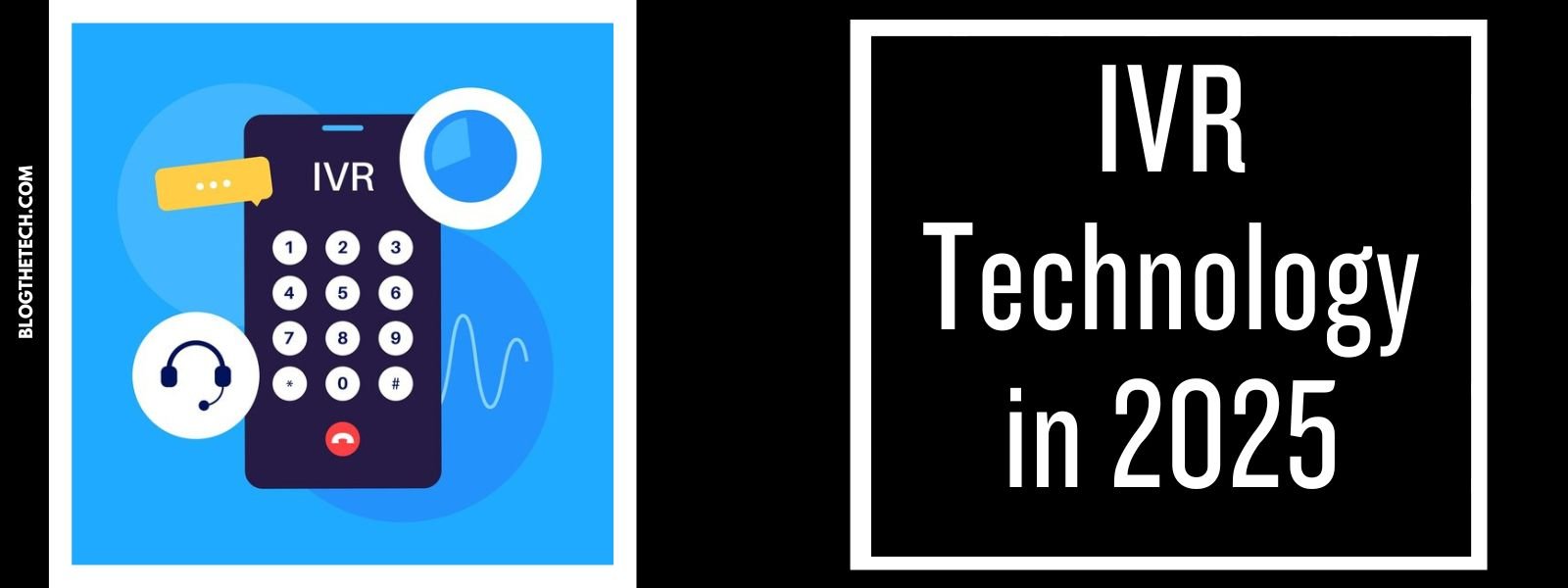Interactive Voice Response (IVR) technology has transformed the way businesses interact with their customers, providing automated solutions for customer service, information retrieval, and transaction processing. From its inception to its current sophisticated implementations in 2025, IVR has become a critical tool across industries.
The Origins of IVR Technology
IVR technology began to take shape in the 1960s, with the advent of touch-tone telephones and dual-tone multi-frequency (DTMF) signaling. These systems allowed users to interact with automated phone menus by pressing the keys on their telephone keypad. Early applications of IVR were relatively simple, primarily used for retrieving information such as bank balances or weather updates.
In the 1980s and 1990s, advancements in telephony and computer technologies enabled IVR systems to process more complex interactions. The introduction of speech recognition in the 1990s marked a significant leap forward, allowing users to interact with systems through voice commands rather than keypad inputs. As a result, IVR became more intuitive and accessible, paving the way for broader adoption in various industries.
How IVR Works in 2025
By 2025, IVR systems have evolved significantly, leveraging advancements in artificial intelligence (AI), natural language processing (NLP), and cloud computing. Modern IVR systems are highly dynamic, personalized, and capable of handling complex interactions with minimal human intervention.
- Voice Recognition and NLP: Modern IVR systems use advanced speech recognition and NLP technologies to understand user input accurately. This allows for seamless conversations and the ability to process a wide range of accents, languages, and colloquialisms.
- AI-Powered Decision Making: AI algorithms analyze user input in real-time to determine intent and provide appropriate responses or actions. Machine learning enables these systems to improve over time, becoming more efficient and user-friendly.
- Cloud-Based Infrastructure: Cloud computing allows IVR systems to be scalable, cost-effective, and accessible from anywhere. This infrastructure supports integration with customer relationship management (CRM) systems, databases, and other enterprise tools, enabling a holistic approach to customer service.
- Omnichannel Integration: IVR systems in 2025 are integrated with other communication channels, such as chatbots, email, and social media, creating a seamless customer experience across platforms.
- Personalization: By accessing customer data, modern IVR systems can provide personalized responses and anticipate user needs. For example, a system might greet a returning customer by name and offer assistance based on their previous interactions.
Examples of IVR Technology
Customer Service Hotlines
One of the most common applications of IVR technology is in customer service. For example, utility companies use IVR systems to help customers check account balances, report outages, or pay bills without speaking to a human representative. Banks employ similar systems for account inquiries, fund transfers, and fraud reporting.
Healthcare Applications
In the healthcare sector, IVR systems are used to schedule appointments, provide prescription refill reminders, and deliver lab results securely. These systems reduce administrative burdens on medical staff while enhancing patient convenience.
E-Commerce and Retail
E-commerce companies use IVR to handle order tracking, returns, and customer feedback. Retailers integrate IVR systems with loyalty programs, allowing customers to check their points or redeem rewards through automated menus.
Travel and Hospitality
Airlines, hotels, and travel agencies utilize IVR to manage reservations, provide flight status updates, and offer self-service check-in options. For instance, a traveler can call an airline’s IVR system to confirm a booking or request seat changes.
Chat Lines and Entertainment
One unique application of IVR technology is in chat lines for dating and entertainment services. These systems enable users to connect with others or access content through voice interaction. For example, social chat lines allow users to record and listen to messages from other participants, fostering community engagement. Entertainment services also leverage IVR for interactive storytelling, quizzes, and games.
Survey and Feedback Collection
IVR systems are widely used to conduct automated surveys and gather customer feedback. Businesses can collect valuable insights by asking customers to respond to questions using their phone keypad or voice input.
Emergency Services
IVR technology plays a critical role in emergency response systems, allowing callers to access specific services or information quickly. For example, a system might direct users to report power outages or access disaster relief resources.
Benefits of IVR Technology
The adoption of IVR technology offers numerous benefits, including:
- Cost Efficiency: Automating routine interactions reduces the need for large customer service teams, lowering operational costs.
- 24/7 Availability: IVR systems operate around the clock, ensuring customers can access services anytime.
- Improved Customer Experience: Personalization and intuitive design enhance user satisfaction.
- Scalability: Cloud-based IVR systems can scale to accommodate varying call volumes.
- Data Insights: IVR systems can collect and analyze data to provide actionable insights for businesses.
Challenges and Future Directions
Despite its advantages, IVR technology faces challenges such as poor design leading to user frustration, limited understanding of complex queries, and the need for continuous updates to remain effective. However, ongoing advancements in AI and NLP promise to address these issues, making IVR systems even more robust and versatile.
Looking ahead, IVR technology is expected to integrate more deeply with emerging technologies like voice biometrics for secure authentication, predictive analytics for proactive customer service, and augmented reality (AR) for enhanced user interactions. As the technology continues to evolve, its potential applications and impact on industries will expand further.
In summary, IVR technology has come a long way since its inception, evolving from basic phone menus to sophisticated AI-driven systems. By 2025, IVR is an indispensable tool for businesses, enhancing efficiency and delivering superior customer experiences across a wide range of applications, from customer service hotlines to chat lines and beyond.





